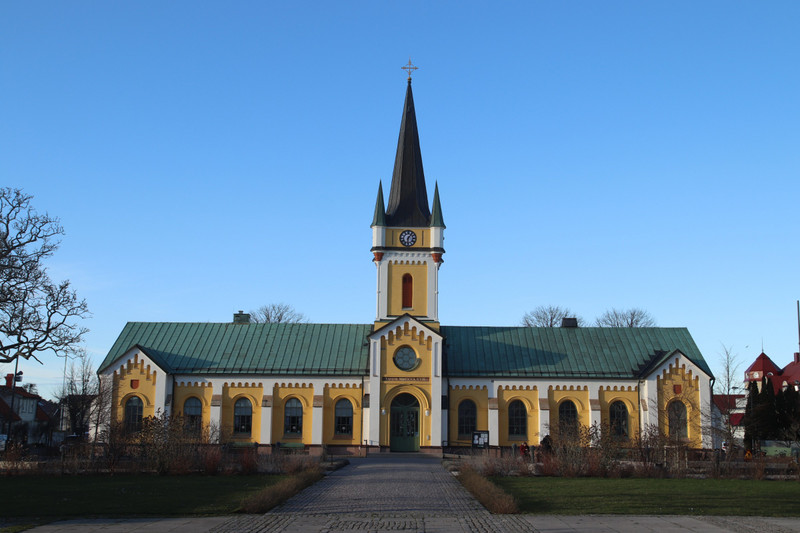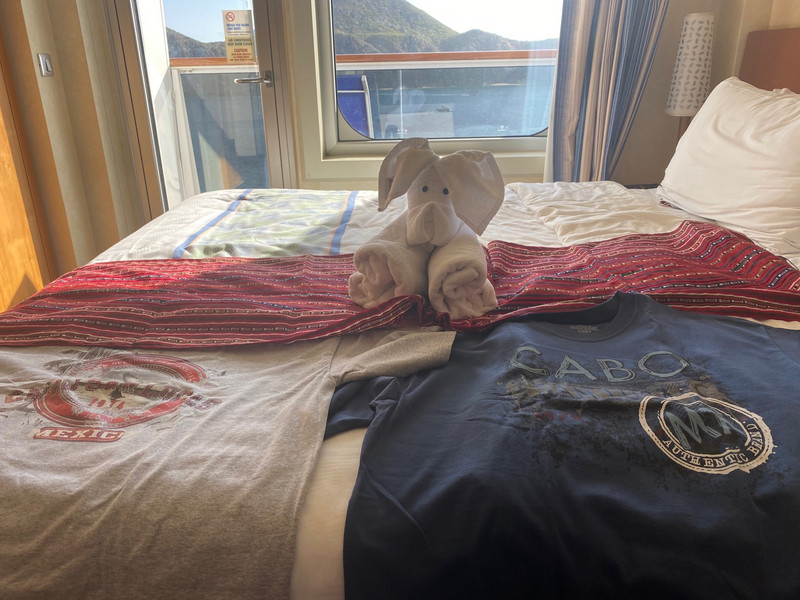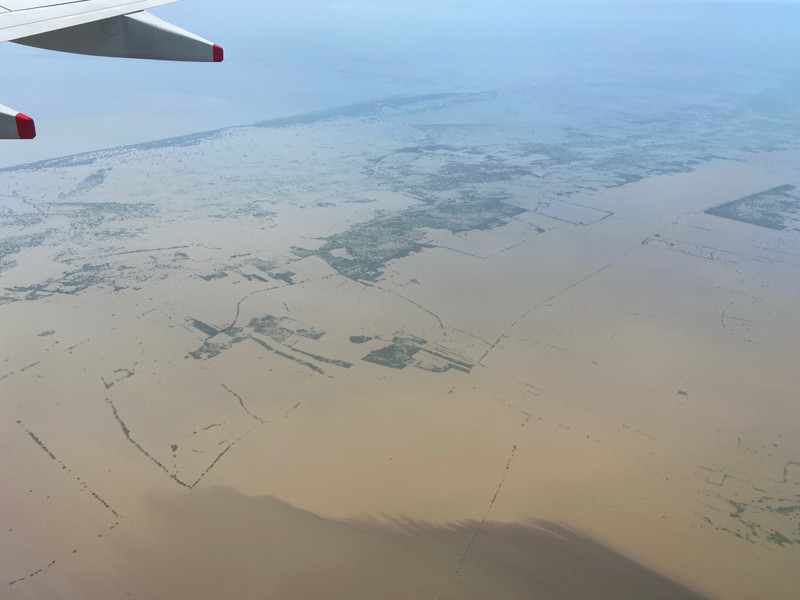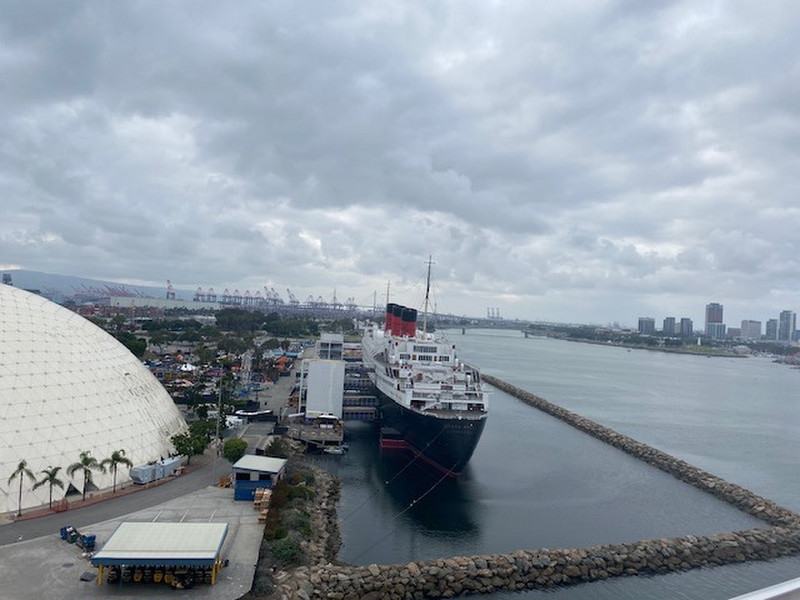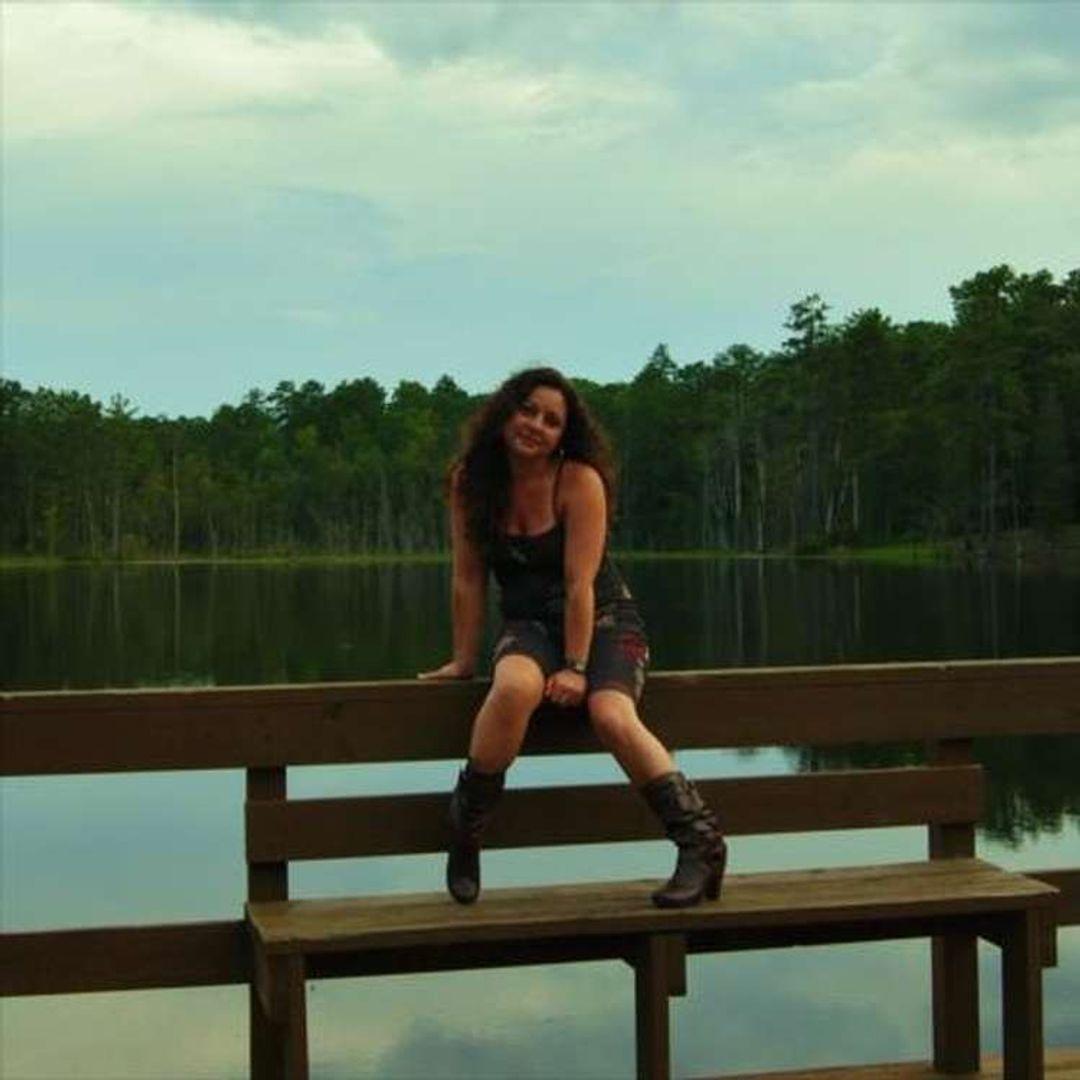Borgholm is a rather nice place to walk around in. The church in the town centre has a style that is a bit interesting
We are now going to write about the rest of what we saw and did when we visited land. In the title we claim that it covers the southern half of the island. Please dont look too closely at a map. Because we have taken some liberty with what actually is in the north and in the south.
There are no cities on land. In fact the entire population on land is only around 26,000. Mostly on land consist of villages and hamlets. If we are generous we could say that there are two towns, Frjestaden (6000 people live there) and Borgholm (the home of 4000). Told you, we have to be generous to label them towns.
In the previous blog entry we mentioned Borgholm Castle. That would be the major attraction in Borgholm. But it was also a rather nice place to walk around in.
Just outside Borgholm Town is an area called Kpingsklint. Klint means cliff and refers to the sharp and steep edge of Kpingsklint. When we had
On that tableland above Kpingsklint there are several ancient monuments showing that people have lived here for well over a thousand years. This is a so called stone ship
climbed up the cliff we were met with a vast moor covered tableland. On that tableland there are several ancient monuments showing that people have lived here for well over a thousand years.
Eketorps Borg or Eketorp Hillfort was in use during the Iron Age. Today it has been reconstructed to give an idea of how it may have looked when it served its original purpose.
According to Wikipedia Sandby Borg is partly reconstructed. We would not agree to that. It is no more than a ruin. A nice ruin, it is absolutely clear where the walls of the fort used to be, but still a ruin. The setting of Sandby Borg is quite spectacular as it is overlooking the sea.
With the dimensions 210 times 160 meters Grborg is the largest hillfort in land. It is quite massive, which makes it difficult to take pictures of it. That might be the reason why the Wikipedia page on Grborg at
the time of writing does not have any picture of it. Instead there is a picture of the nearby St Knut Chapel. The size of Grborg makes it worth visiting. But strictly, St Knut Chapel is what really makes the trip out there pay off. At least if you like ruins that is.
There are several stone quarries on land. Once it was a major industry on the island to quarry for stone but the heydays are long gone. Today, the stone industry is totally dwarfed by other industries on the island.
We stopped at Gillberga Stone Quarry mainly because it is featured in one of the author Johan Theorins novels. Once we have read about a place in a novel it is a bit fun to visit it.
Since we are writing about stone quarrying we have to mention a rather unique windmill. It is in Jordhamn on the west coast on land and it was used to polish stones from a nearby quarry. Before this method was developed the hard work of rubbing the stones was done by oxen or horses. This wind powered polishing machine is the only one of its
I fart in your general direction. Your mother was a hamster, and your father smelt of elderberries. A quote from Monty Python and the Holy Grail. We just have to quote that each time we see a fortress wall
Next to this stone polishing machine there is also a reconstructed animal powered equivalent to give perspective on things.
Drstorp was never really a village, only a congregation of a few houses. Today only a few crumbling remains are left of the houses and the stone walls that once surrounded the gardens and the fields.
We have in the previous blog entry mentioned that the environment is difficult and the soil is thin in many places on land. Well, in Drstorp the environment was totally unforgiving and the soil was almost The people who lived there must have had a very hard life even on the best of years. It is no coincidence that they finally had to give up and move elsewhere.
